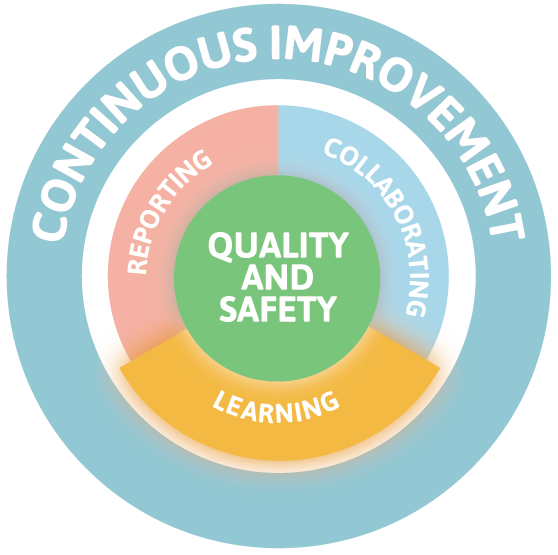
 Learning transforms individual incidents into opportunities for systemic improvement. It moves beyond simply addressing the immediate problem to understanding underlying causes and implementing meaningful changes.
Learning transforms individual incidents into opportunities for systemic improvement. It moves beyond simply addressing the immediate problem to understanding underlying causes and implementing meaningful changes.
The learning process involves:
- Root cause analysis to identify the most fundamental reasons a medication incident or near miss occurred. This goes beyond identifying what happened to understand why it happened, focusing on system vulnerabilities rather than individual blame.
- Identifying contributing factors which are circumstances, actions, or influences thought to have played a part in the origin or development of a medication incident or near miss.
- Developing action plans that address identified risks. These should be SMART (Specific, Measurable, Attainable, Relevant, and Time-bound) to ensure they lead to meaningful improvements.
- Monitoring the effectiveness of implemented changes to determine if they've successfully reduced risk. If not, further adjustments may be needed.
- Sharing learnings across the pharmacy team and, through de-identified reporting, with the broader pharmacy community. This collaborative learning helps elevate the safety of pharmacy practice across the province.
- Learning from national trends and patterns identified through the aggregated data in national databases. ISMP Canada analyzes this data and shares recommendations through safety bulletins, webinars, and other educational resources. BC's contribution to these databases enhances the collective knowledge base, benefiting pharmacy practice across the country while also bringing valuable insights back to BC pharmacies.
 Share
Share


